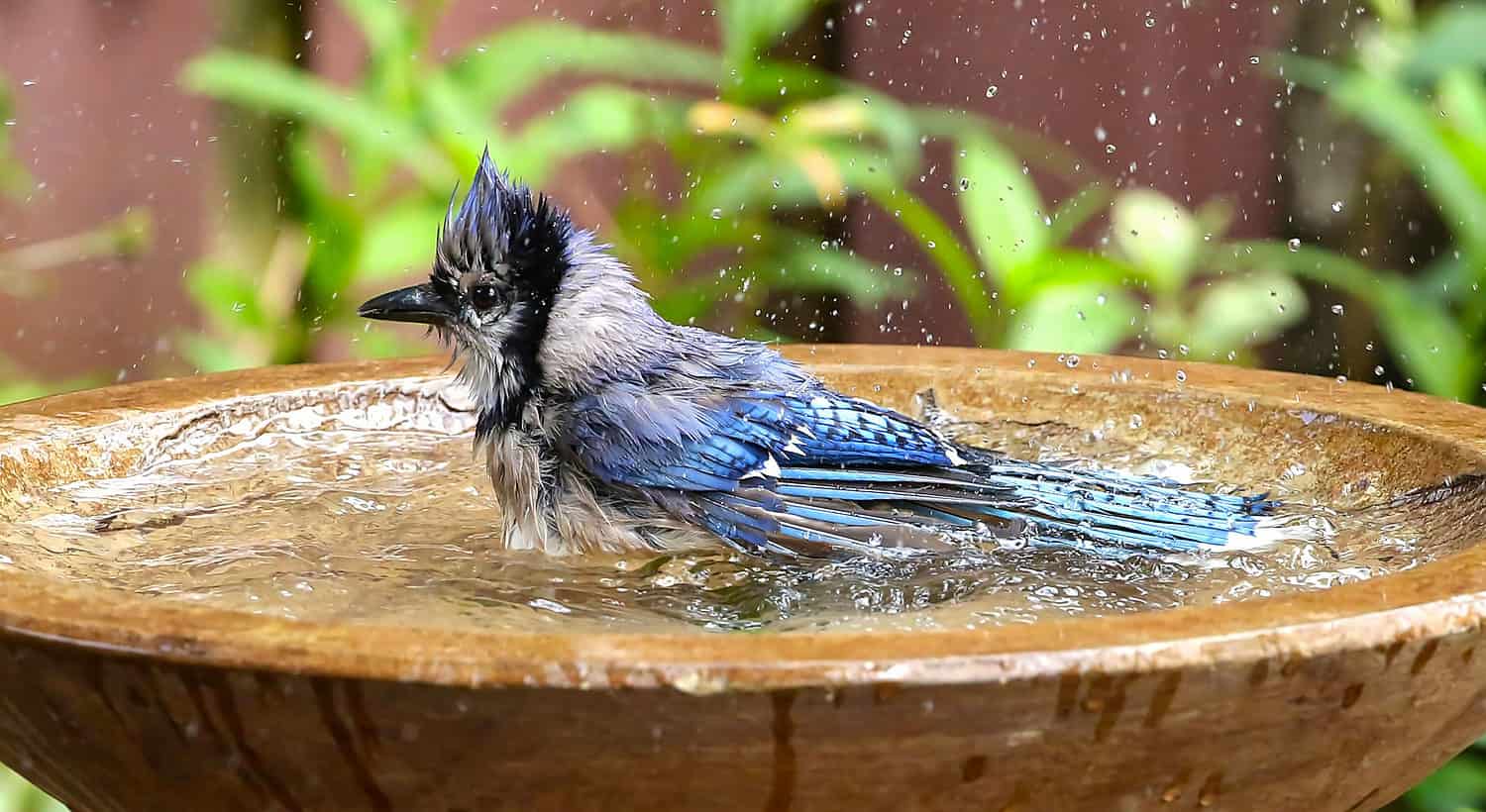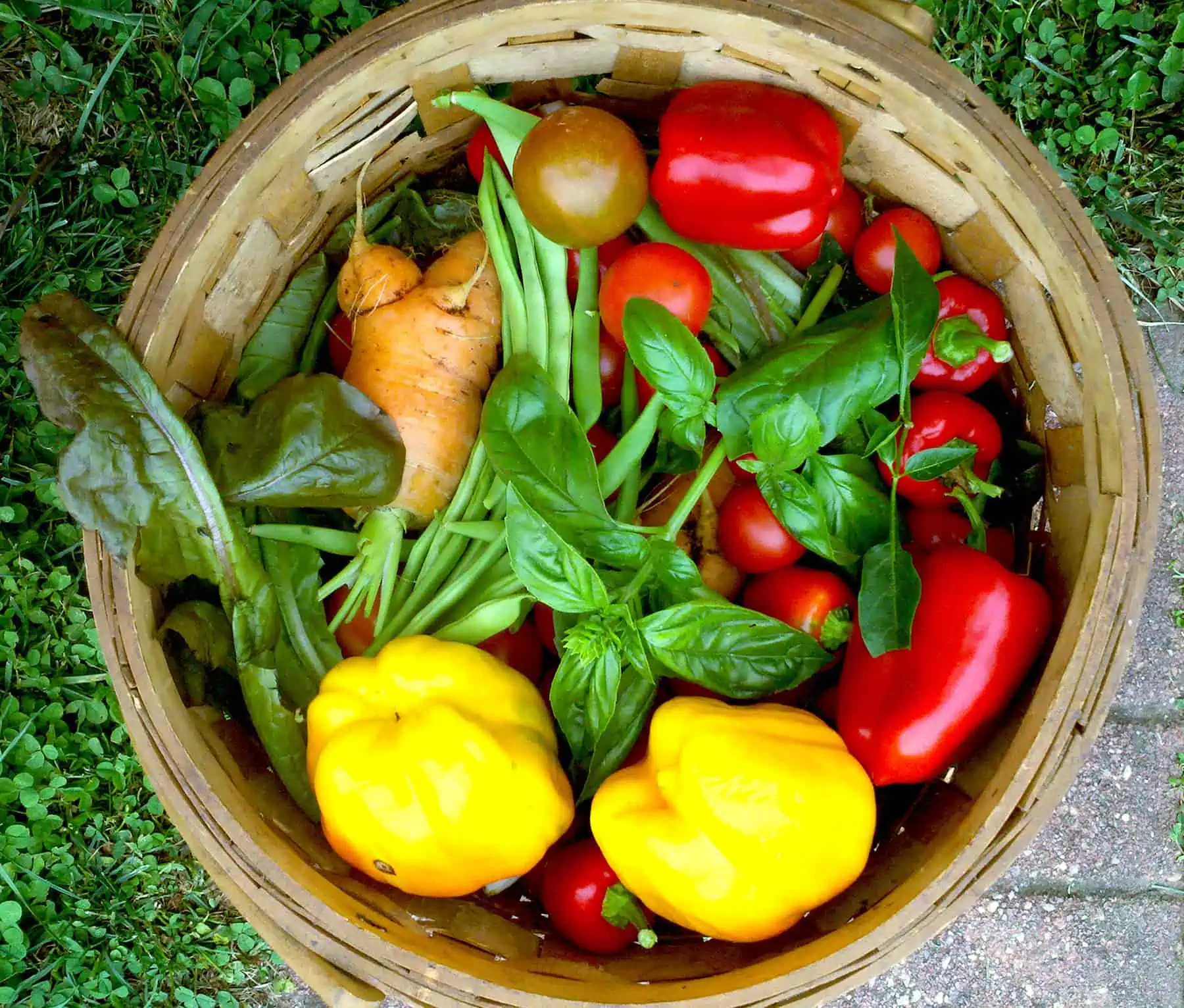Winter is usually a powerful season for wildlife to search out meals. It may also be miserable for gardeners after they stare at a grey and brown and generally white panorama for months. One resolution is to plant evergreens. Moreover, there are a handful of shrubs, vines and timber that produce colourful berries in Autumn that persist properly into winter. The fruits present an vital supply of meals for wildlife and colour to perk up the winter view.
Mountain Ash
Mountain Ash is a local tree of Jap North America that grows from Canada to Georgia. It produces small white flowers in spring adopted by dense clusters of small purple berries in August that persist properly into winter. Often rising to a max peak of 40 ft, Mountain Ash is a favourite of birds 12 months spherical and offers an vital supply of vitamins for them in winter when little else is out there.
Beautyberry
Beautyberry is a deciduous shrub that produces iridescent purple berries in autumn. The gorgeous berries will final properly into winter or till wildlife eat them. In North America, the native plant selection is American Beautyberry. The Asian selection appears virtually an identical, however its berries develop on stems and never within the leaf axils as they do on the American. The shrubs’ foliage is deep inexperienced all 12 months and solely mildly fascinating. However in Autumn the present begins when the inexperienced berries present their colour and wildlife, particularly birds, devour them.
american beautyberry berries
American Beautyberry in Autumn
Crabapples (aka Crab Apples)
Crabapples are a remarkably versatile species of tree. Their spring-blooming, frivolously aromatic flowers seem in quite a lot of colours from white, mild pink, rose-pink, purple and carmine. Crab apple foliage varies from mild inexperienced to purple. Crab apples bear purple, orange, maroon or yellow fruit at totally different instances relying on the range. Select a local selection on your area that holds its fruit by means of winter as a result of it’s an vital winter meals supply for some species of birds. In accordance with Penn State Extension, “birds want the smaller-fruited varieties, and can eat some varieties in winter and save the bitter ones for early spring when different meals sources are scarce. A few of the birds that rely on crabapples embody robins, cardinals, woodpeckers, bluebirds, cedar waxwings, towhees, mockingbirds and tufted titmice.”
Associated Submit: A Newbie’s Information to Canning
Holly
What would the winter panorama be with out its most well-known plant, Holly? Probably the most prolific producer of purple berries within the holly household occurs to be Native to North America: Winterberry Holly. It’s not evergreen just like the hollies you might be conversant in: the leaves drop, nevertheless it produces droves of berries that wildlife devour. If you’d like a basic holly with deep-green evergreen foliage and shiny purple berries (or orange, yellow or black), there are greater than 780 species to select from that vary from 6 inches to tall to over 70 ft(!). Select an applicable selection on your area (they are often grown USDA areas 3-11, each state of the U.S.), and web site situations, and keep in mind that you simply’ll must plant 1 male plant for 1-10 feminine vegetation.
holly berries in winter
American Holly
American Bittersweet
American Bittersweet is a climbing, twining vine that produces shiny purple berries in Autumn which will final into winter. As with Holly, a female and male should be planted close to one another to supply fruit. To not be confused with the Asian selection, Oriental Bittersweet, which is taken into account invasive.
Hawthorns
There are greater than 380 sorts of Hawthorns, from dense shrubs to timber, and often with thorns. “Winter King”, aka Inexperienced Hawthorn, is a wonderful selection for a panorama tree. It grows 25-35 ft, has thornless varieties, produces lovely blooms in spring, with purple fruits that ripen in September and persist into winter.
Black Chokeberry
This hardy deciduous shrub is way simpler to mange than its cousin that produces purple berries. Black Chokeberry fruit begins to develop in mid to late summer season and inside 2 weeks the branches droop with heavy clusters of fruit. Nevertheless, birds and most wildlife are inclined to keep away from them, so that they’re strictly for visible curiosity.


